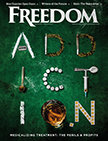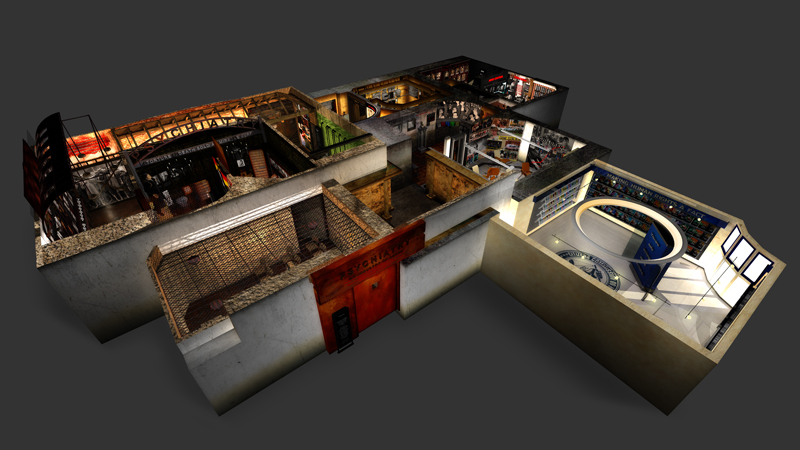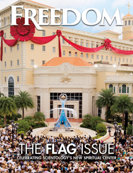An Industry of Death Museum
Located inside the international headquarters of the Citizens Commission on Human Rights in the heart of Hollywood resides an admission-free, powerful journey through the evil soul of psychiatry’s dark past that provides a jolt to the senses almost too incredible to believe. Yet it is all true.
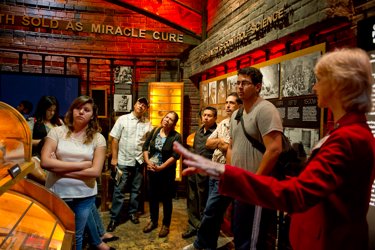
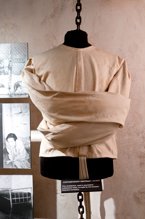
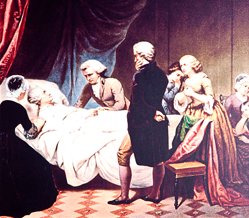
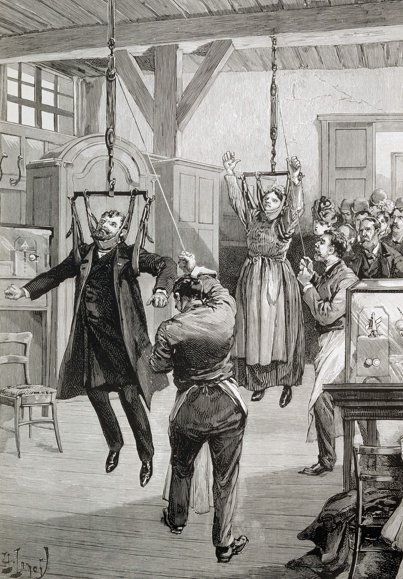
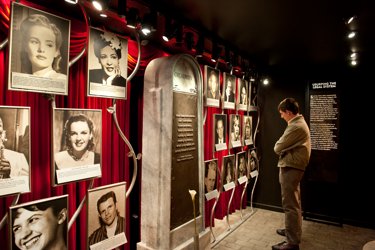
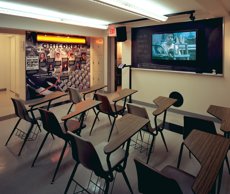

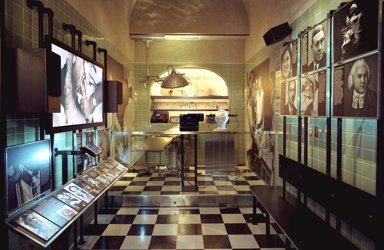
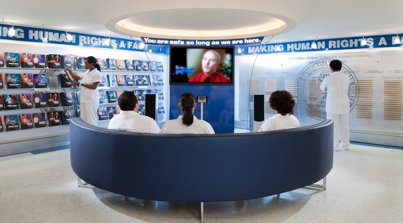
A tour of the state-of-the-art facility, situated adjacent the world headquarters of sponsor organization Citizens Commission on Human Rights (CCHR), supplies a bracing history lesson.
Opened in December 2005, the Psychiatry: An Industry of Death Museum is dedicated to exposing “an industry driven entirely by profit” whose purported therapeutic benefits have “often resulted in death.” The museum aims not only to educate and inform but to bring “practical guidance for lawmakers, doctors, human rights advocates and private citizens to take action in their own sphere and thereby force psychiatry to account for its crimes and abuses.”
Rare photos and artifacts, documentary films and multimedia exhibits construct a vivid account of criminal abuse and human suffering.
At once fascinating and troubling, it teaches that the majority of the most destructive and diabolical events perpetrated over the past few centuries trace in some way to psychiatry. And there are revelations: among them that the Father of America, George Washington, was killed by a bloodletting technique suggested by psychiatry pioneer Benjamin Rush.
There are also graphic displays of psychosurgery, forced restraints, and sadistic psychiatric treatments such as high-voltage electroshock and frontal and ice pick lobotomy. Also on display are implements designed to treat mental illness in the 1800s and 1900s, including straitjackets and contortion-inducing iron and steel cages—well, they boggle the mind.
Perhaps most unsettling is the Holocaust exhibit, documenting psychiatry’s role in Hitler’s rise to power and in fueling Nazi euthanasia programs that involved the extermination of some 300,000 people labeled mentally ill. The exhibit lays out the “psychiatric movement that would cause the deaths of millions,” in cringe-worthy detail, such as how German psychologists of that era conducted their work in behavior modification in the same fashion as animal training.
Another exhibit examines the ways psychiatry has exploited terrorist attacks, including 9/11. Below a giant photo of the exploding Twin Towers, a caption explains, “Within days of the 9/11 attacks, psychiatrists were predicting that as many as 30 percent of people initially affected by the attacks would develop ‘Post Traumatic Stress Disorder’ and demanded $3 billion in funding to deliver treatments. Antidepressant sales in New York soared immediately afterward.”
The museum tragically illustrates how drug overdoses and suicides, which CCHR posits are exacerbated or generated by psychiatric drugs, prematurely extinguished some of Hollywood’s brightest lights, including Kurt Cobain (prescribed Ritalin), Marilyn Monroe (succumbed to an overdose of sleeping pills after meeting with a psychiatrist), and numerous others.
The rash of school shootings is another area of the human tragedy fueled by psychiatry, according to information presented in the museum. Columbine High School shooter Eric Harris, for example, was under the influence of the antidepressant Luvox at the time of the 1999 massacre in Colorado. It turns out that mind-altering meds are a common thread in many other instances of school gun-related violence.
Sections of the museum also expose the involvement of individual psychiatrists in rape, torture, child molestation and other crimes. Case after case presented raises the question of whether the treatment for mental illness doesn’t often prove more destructive than the malady itself, and suggests that behind a façade of respectability lurk predators in white coats.
Thanks to the rarity and wide variety of information provided, the museum is a beacon for lawmakers, doctors, human rights advocates, healthcare professionals, students and citizens interested or working in the areas of psychiatric abuses, over-medication, and general mental health. There is hope for the future if people are inspired to turn the psychiatric abuse equation around beginning with themselves and their own lives. And as a definitive resource on historical and contemporary theories and practices, Psychiatry: An Industry of Death already has made a difference.

